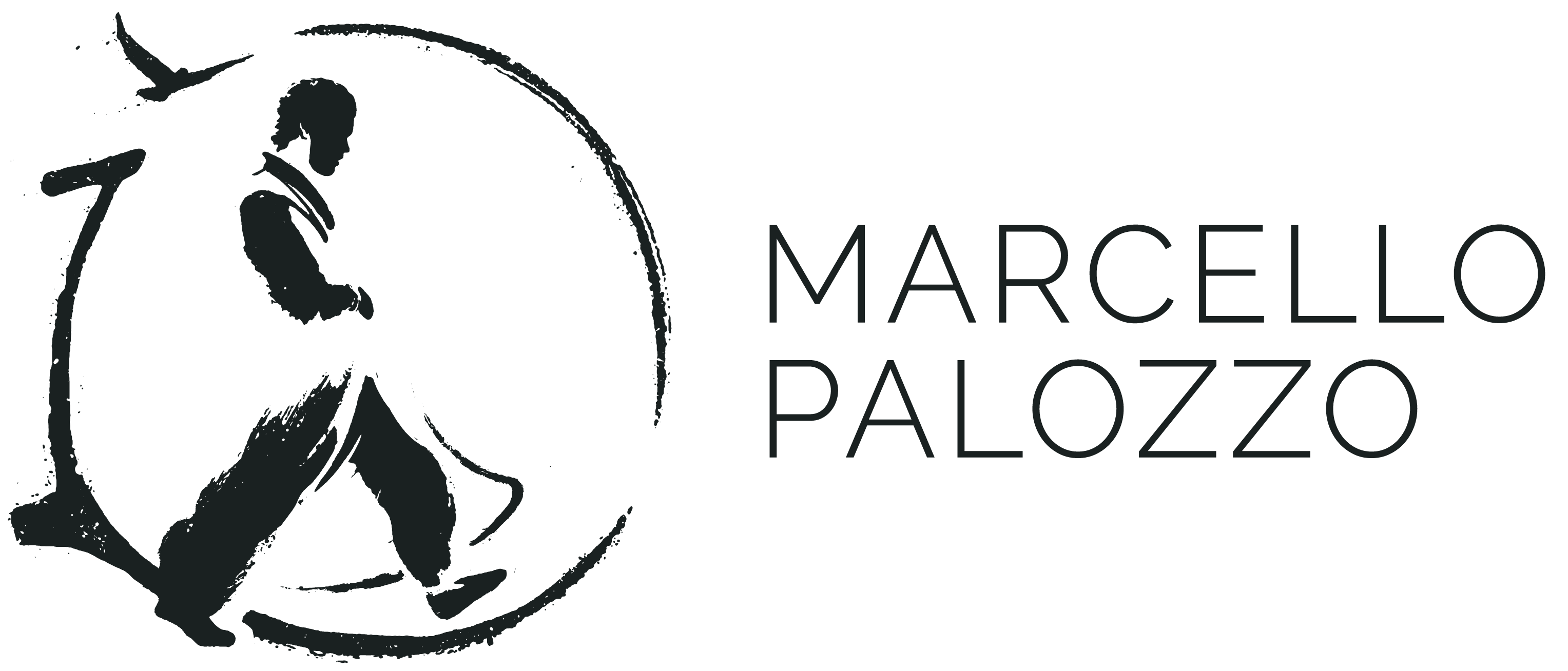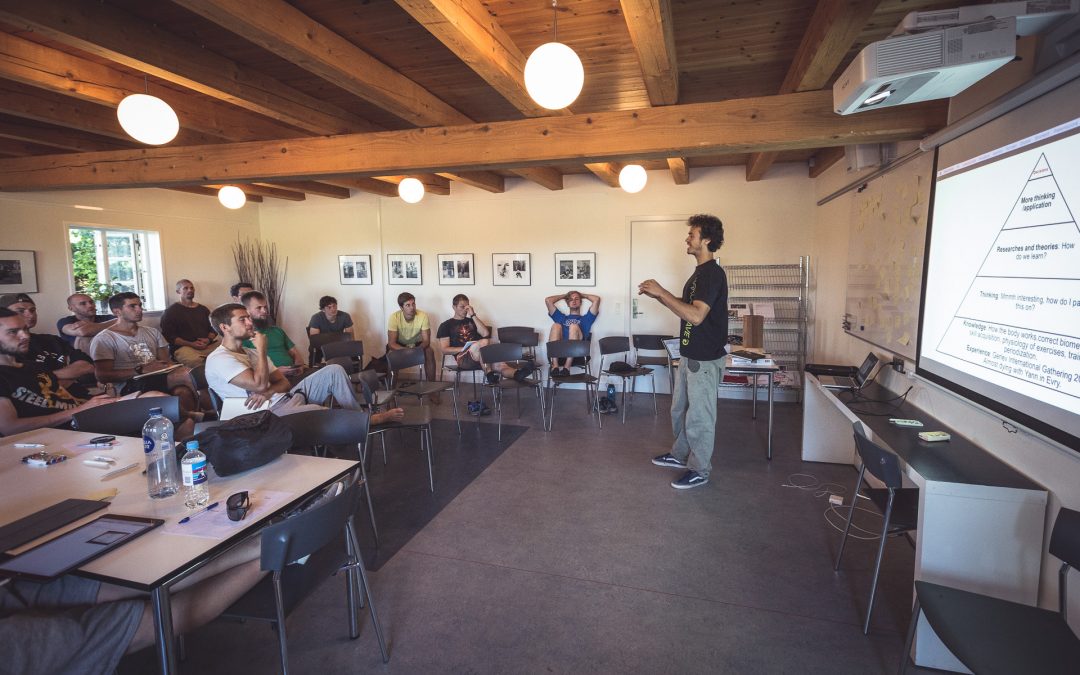Apprenticeship is generally considered as that “process of developing from novice to proficiency under the guidance of a skilled expert”, that “varies across cultures and among different skilled communities, but for many communities of practice, it offers an ideal ethnographic point of entry” 1
With this in mind, consider for a moment the following scenario:
“Sha wants to start an in-depth training in Tai-Chi, Fu style. This really matters to her. In order to put into practice her will of becoming more experienced in that specific field, she decided to move into a new city where a well-known teacher is offering the chance of learning and improving her abilities. There, she is accepted into a community and after a while she can move her first confident steps into the Tai-Chi Fu discipline”.
To fulfill her needs, Sha had to actively build a connection with the system, bond with the other students and slowly find her way in her development. She had to make a move.
Without this point of entrance, the access to that specific declination of Tai-Chi she was looking for would have not been impossible.
When considering the concept of apprenticeship, it would be wrong to label it as a mere transference of knowledge, limited to the acquisition of an implicit structure in a given practice (It was Tai-Chi for Sha, it may be Dance, Parkour, Climbing, Meditation and so on, for you). Rather, it involves a reciprocal cultivation of skills, a common cultural education and the presence of an idealized practice.
An important aspect of this condition, is the participative dimension of the personal research. To get back into the previous scenario, Sha can succeed in entering the apprenticeship only if she is intrinsically motivated to do so; if she has some goals to achieve and specific directions she is willing to take. Without these premises, she would not have undertaken the first step: looking for a teacher.
This typology of education wants to stress the importance of giving to the students some indications about where to go and what to do, while simultaneously allowing them to fully express and develop themselves, within the realm of practice and life.
Researches on the topic, confirm that the best way to create long term memories and enhance the learning process, is to be personally involved in the practice development itself 2.
This is why intertwining the learning process with life – looking for links and transferable qualities – is so important.
An apprenticeship is supposed to do this, and a personal growth, to be called so, has to happen on many layers.
The alumni should be thrown into many different scenarios, in which they are able to confront their inner selves. To do so, they have to work out of their comfort zones, in uneasy situations and have their emotions shaken while trying to reach the long term goals they have chosen for themselves.
The apprenticeship roots can probably be sought from as far as the beginning of humanity. In fact, various are the authors that underlined how the younger generations need to absorb memes from the previous one before actually being able to move forward. For example, early language deprivation during childhood irreversibly impacted the children’s ability to develop the normal language acquisition process 3,4. Just imagine if progress never happened. We would still be out there trying to figure out how to make a fire. Wouldn’t we?!
Therefore, the apprenticeship need to be considered as something that allows constant mutation and development. Borrowing a concept from alchemic Taoism, the word “Huan” or “還” that means “return” also means “looking back” or “turning around” while “moving forward”. That is, it represents a “transformation”.
This wants to underline the importance of maintaining a collective knowledge coming from the past, while moving some steps forward into evolution.
To pass on an art effectively, the new students’ creations have to be somehow mediated by the teachers. This assigns the result a figurative value, rich in significance. It is a teacher’s duty to spot these raising abilities as they reveal themselves; accompanying the students in the journey without completely altering the roots and the philosophy of their specific practice.
All this can happen only if teachers are willing to join a “participant observation” rather than a mere “observation of the participants”. In fact, being actively part of a process rather than just look at it from the outside may increase the person’s involvement and overall provide optimised tools for his/her development.
The approach of “looking back to move forward” is exactly what an apprenticeship is about: a person cannot just innovate something without knowing all the history that had been leading to his or her generation. From here, the need of a guide arises and the student needs to be like a chameleon: one eye on the past and one eye on the future.
Nowadays, many educational systems are based on more dogmatic, cold and systematic approaches where all the students have to attend lectures while being distracted by more interesting activities on their smartphones and then study separately in an individual setting to sustain the exams.
When I talk about embracing a movement practice, I think of something innovative, where the participants can literally fall in love with the activities proposed to them and look forward to see a progress in a positive and encouraging environment. A context where practice and theory merge.
To sum it up, I believe that the apprenticeship is one of the best ways to learn, grow and develop. However, correctly implementing it is not easy. It takes time, effort, motivation, money and a rigorous commitment. It is not something that ends in a month; instead it continues for decades up to a lifetime.
This approach to the practice, allows the creation of long term bonds between teachers and students, within a positive and fresh environment. To connect inside this system, a person should be ready to join the community and get ready to approach any situation in an “empty cup” state of mind.
Education comes before everything, and it should be achieved in the best way possible. Thus, depending on the learners’ ability to respond to each material considered. Students will need to be active and self motivated in their process of development. All the teachers should be on the field, practicing every day. In this way they can make sure to remain “inside the stream” of the practice.
Emotional and intentional experiences are a crucial part of the process too. The work on personal limitations, deep fears and discomfort has to be considered with regards, as crucial elements to enter inside this system.
Are you ready to start a “huan” approach to any kind of learning? It’s time to look back to move forward. Click here to find out more, or to start a transformative process today.
References
1 Downey, G., Dalidowicz, M. and Mason, P. (2014). Apprenticeship as method: embodied learning in ethnographic practice. Qualitative Research, 15(2), pp.183-200.
2 Prince, M. (2004). Does Active Learning Work? A Review of the Research. Journal of Engineering Education, 93(3), pp.223-231. Available at: http://www4.ncsu.edu/unity/lockers/users/f/felder/public/Papers/Prince_AL.pdf
3 McCulloch (2014) What Happens if a Child Is Never Exposed to Language? Available at: http://www.slate.com/blogs/lexicon_valley/2014/07/16/children_not_exposed_to_language_nicaraguan_sign_language_wild_children.html
4 Brown, L.J., Locke, J., Jones, P., & Whiteside, S. (1998) Language Development After Extreme Childhood Deprivation: A Case Study. 5th International Conference on Spoken Language, Sydney, Australia. Available at: https://www.researchgate.net/publication/292539482_Language_Development_After_Extreme_Childhood_Deprivation_A_Case_Study
*Picture by Andy Day.


Recent Comments